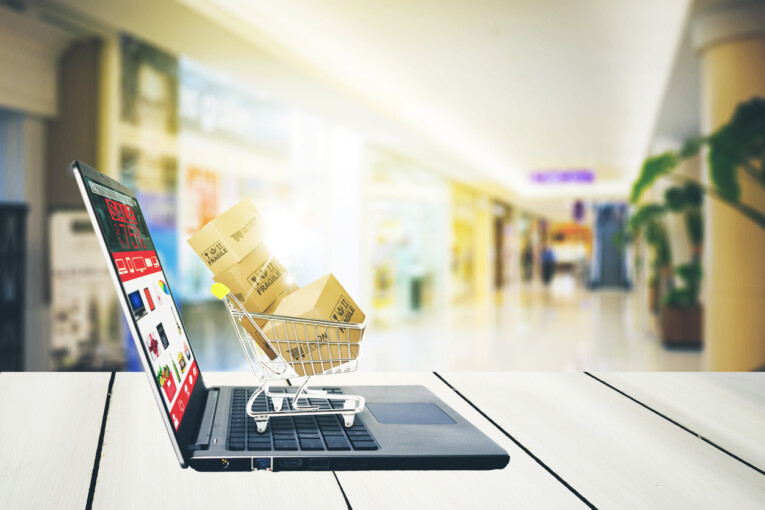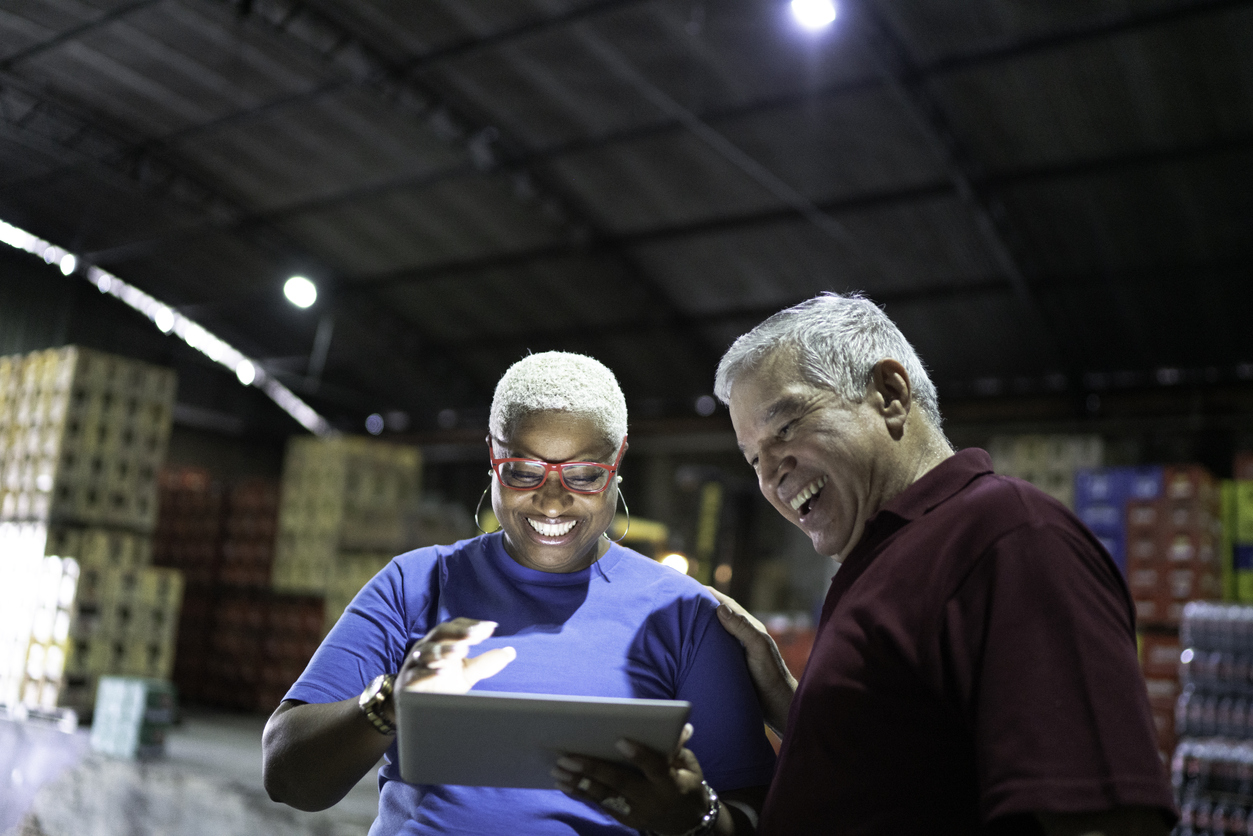Managing Your Brand’s eCommerce-to-Retail Shift
The evolution of eCommerce has been an interesting journey. For over a decade, we slowly increased our adoption of marketplaces and private online stores. The pandemic then pushed a massive wave of brick-and-mortar retail shopping into the realm of eCommerce and local deliveries, but it wasn’t a one-way road. The once-solid line between eCommerce and retail has become blurred. Not only are more retail brands expanding to include online shopping and deliveries, but more eCommerce brands are shifting to retail logistics and even opening local shops.
Customer trends also reflect a shift, as customers are more likely to explore several different shopping channels before choosing their favorite. Smaller eCommerce baskets and blended retail and online shopping are becoming the norm.
For eCommerce brands, this represents an important strategic shift from direct to customer (DTC) online sales to the development of retail partnerships and delivery networks. This shift is crucial in reaching a broader customer base by diversifying distribution channels.
The Strategic Shift From DTC to Retail Partnerships
A retail partnership for an eCommerce brand is when your products appear on the shelves of local retailers. You can offer a brick-and-mortar experience without the extensive effort and risk associated with opening a local shop.
eCommerce brands that once provided exclusively online DTC sales have as much to learn from omnichannel selling as retail brands that are adopting online orders. DTC selling has its limitations, both in cost and logistics. However, retail partnerships already have the infrastructure to balance supply and demand over a local service area.
Retail partnerships allow you to enhance brand visibility, credibility, and consumer trust. Not to mention shortening delivery times if you once relied on a single supplier or warehouse location.
Advantages of Diversifying Distribution Channels
Every eCommerce brand can benefit from diverse distribution channels. Relying on just one channel creates opportunities for interruptions and delays that could damage your ability to sell and your relationship with customers. However, multi-channel distribution provides quite a few advantages in contrast.
- Market Penetration – Reaching new customers who might never have found your online shop.
- Risk Mitigation – Increasing sales through channels that are affected by completely different factors. This means setbacks on one channel do not stop the flow of business on another.
- Customer Demographics – Access to customers who don’t shop online, aren’t familiar with your brand or fall into other demographics that are tough for your eCommerce brand to reach.
- Tangible Brand Experience – Retail partnerships complement online sales by offering consumers a tangible brand experience.
The Critical Role of Efficient Logistics
When selling your products through retail partners, logistics must play an essential role. Logistics is the networked process by which your products reach your retail partners and keep their shelves stocked with your most popular items.
The task becomes even more complex when you are talking about integrating your DTC logistics with a new retail logistics solution. It is important to streamline your operations as your brand expands its reach into new local retail markets.
The key is to leverage highly capable and experienced third-party logistics (3PL) providers. These logistics pros will become an indispensable asset to your growing multi-channel business in 2024 and beyond. A 3PL provider can help you facilitate your transition from eCommerce to retail by optimizing supply chain management from the warehouse to the last-mile delivery.
Enhancing Customer Experience Across Channels
Customer experience is always a top priority for any brand. As we enter the era of omni-channel shopping, you want to optimize your customer experience no matter which channel they use. This means creating a seamless customer journey that may involve shopping online, on their mobile device, in local stores, and maybe even through social media.
Customers who love your brand have no reason to limit the channels on which they search for you. Customers who love retail shopping may buy online one day when planning ahead or under the weather. Customers who typically buy from you online may browse your products on their phones or spot your brand in a shop and re-engage through your retail channel.
Leveraging both physical and digital channels to create a unified customer experience is essential to inspiring delight and cross-channel customer loyalty.
Don’t forget your data analytics. You can make use of on-site business software and third-party analytics to help you align your product offerings and marketing strategies with the preferences of your customers across different channels.
Operational Efficiency With 3PL Partnerships
How can you enhance operational efficiency across your e-commerce and retail sales? The eCommerce-to-retail transition can be a challenge to align, but your best partner in this project is a 3PL provider with a vast network of logistics solutions.
Partnering with a 3PL provider can significantly enhance your operational efficiency across as many channels as you need for product delivery. 3PLs can provide support for your inventory management, order fulfillment, and distribution. Therefore, they can empower your brand to focus on your core business model, multi-channel growth, and the digital infrastructure that holds your growing empire together.
Marketing Strategies for a Multi-Channel Approach
Once you have developed retail partnerships, it’s time to adapt your marketing approach. Explore effective marketing tactics that can promote your products for both your online and in-store audiences. Hype in-store purchases through your website, and integrate digital shopping elements into your in-store experience.
QR codes on products and retail store locators online can help to integrate your eCommerce and retail customer experience and make both channels more enjoyable for your audience. Most importantly, make sure to present a unified brand message so customers enjoying your brand on more than one channel form a single understanding of who you are.
Leveraging 3PL Solutions for Your eCommerce to Retail Expansion
Building your brand from a DTC eCommerce business model to a multi-channel brand with local retail partners can be challenging, but the rewards are worth the effort. There are two keys to success in the eCommerce-to-retail transition. The first is a unified digital experience for online, mobile, and in-store shoppers who may all be checking out your online store during the shopping process.
The second is smooth, seamless logistics so that every shelf is stocked and every online order is delivered with maximum customer satisfaction.
Distribution channel diversification is a great opportunity to grow and connect with a wider audience. Your 3PL partner will play a critical role in facilitating your success. To discover what a 3PL partnership can do for your growing eCommerce brand, contact us today.










